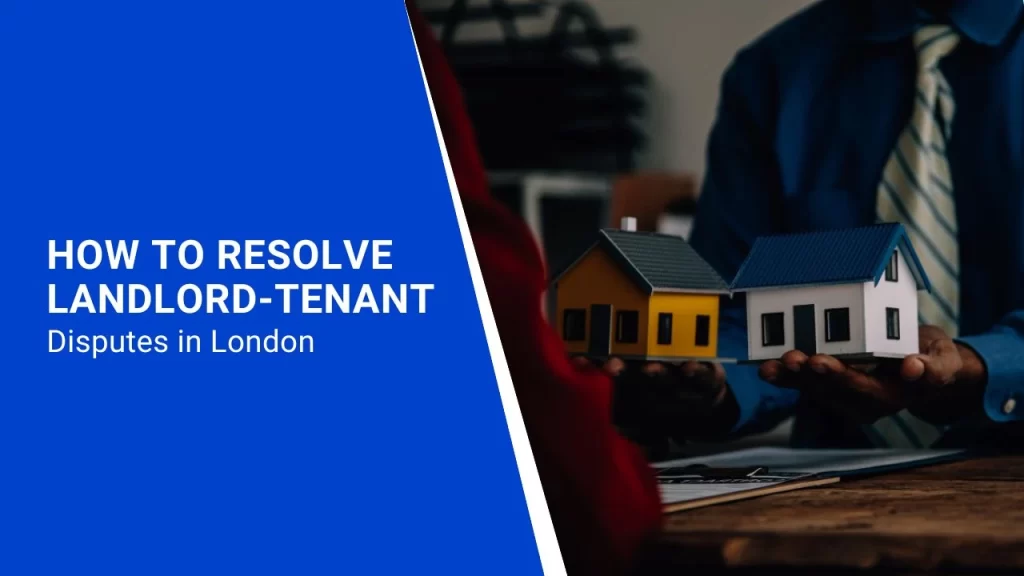Leasehold Property: Understanding Right to Manage

The Right to Manage (RTM) is a powerful legal option available to leaseholders in the UK, allowing them to take control of their building’s management. This process enables leaseholders to make crucial decisions about maintenance, service charges, and contractor selection without needing to buy the freehold. However, while RTM offers several benefits, it also comes with responsibilities and potential challenges.
In this guide, we’ll explore what Right to Manage means, how it works, its advantages and drawbacks, and whether it’s the right choice for your leasehold property.
What is Right to Manage?
Right to Manage (RTM) is a legal right granted to leaseholders to assume management responsibilities of their building from the freeholder.
Unlike purchasing the freehold, RTM allows leaseholders to gain control over property management without the need to buy the building outright. Instead, they form an RTM company that takes over management duties such as:
Understanding Right to Manage for leasehold properties is crucial because it provides residents with direct decision-making power over the place they live. This process can lead to cost savings, improved maintenance, and greater transparency in building management.
How Does Right to Manage Work?
The Right to Manage process follows a structured legal procedure to ensure compliance and fairness. Here’s how it works:

1. Checking Eligibility
Not every leasehold property qualifies for RTM. The building must:
2. Forming an RTM Company
Leaseholders must form a Right to Manage company (a limited company), with all participating leaseholders as members. This company becomes responsible for the management of the building.
3. Serving a Notice of Claim
The RTM company must serve a Notice of Claim to the landlord (freeholder), stating its intention to take over management. The landlord has the right to dispute the claim, but in most cases, leaseholders proceed successfully.
4. Transitioning to RTM
Once the claim is confirmed, management control is officially transferred to the RTM company. From this point onward, leaseholders can:
While this process empowers leaseholders, it also requires dedication and effective decision-making to ensure the smooth management of the property.
Pros of Right to Manage for Leasehold Property
More Control in Management
One of the biggest advantages of the Right to Manage is that leaseholders have direct control over how their building is maintained. They can choose their own property management company or self-manage, ensuring that services meet their expectations.
Save on Service Charges
Landlords often hire third-party management companies that impose high service charges. With RTM, leaseholders can negotiate better rates for cleaning, maintenance, and repairs, potentially saving thousands of pounds each year.
Better Building Maintenance
Since leaseholders have a vested interest in their property, they are more likely to prioritize essential repairs and improvements, leading to better living conditions.
Transparency in Budgeting
With RTM for leasehold properties, leaseholders gain full transparency over service charge spending. They can track expenses, allocate funds efficiently, and avoid overpaying for unnecessary services.
No Need to Buy the Freehold
Unlike purchasing the freehold, RTM does not require a significant financial investment. Leaseholders gain management rights without needing to buy the entire building, making it a more accessible option.
Cons of Right to Manage for Leasehold Property
Increased Responsibility
Managing a building requires time and effort. Leaseholders must handle financial planning, legal compliance, and maintenance scheduling, which can be challenging for those with no prior experience.
Potential Leaseholder Issues
RTM decisions require agreement among multiple leaseholders. Disputes over budgets, contractors, or maintenance priorities can lead to conflicts, delaying essential work.
Hidden Costs
While RTM can reduce service charges, there are additional expenses involved, such as:
Loss of Landlord’s Support
Once RTM is in place, leaseholders can no longer rely on the landlord for management support. Complex structural issues or legal disputes must be handled independently, which may require hiring professional advisors.

Is Right to Manage Right for You?
Choosing the Right to Manage depends on several factors:
If the answer to these questions is yes, RTM for leasehold property may be a great option. However, if leaseholders are unwilling to commit time and effort to management duties, it might not be the best choice.
Conclusion
The Right to Manage process provides leaseholders with greater control over their leasehold property management, leading to potential cost savings, improved maintenance, and increased transparency. However, it also comes with challenges, such as added responsibility and potential conflicts among leaseholders.
By understanding the pros and cons of Right to Manage, leaseholders can make an informed decision about whether RTM is the right choice for their property. If you and your fellow residents are committed to taking control of your building’s management, RTM can be a valuable tool for securing a better living environment. For expert guidance throughout the process, partnering with knowledgeable Real Estate Agents in Dagenham can provide you with local expertise and practical support every step of the way.




